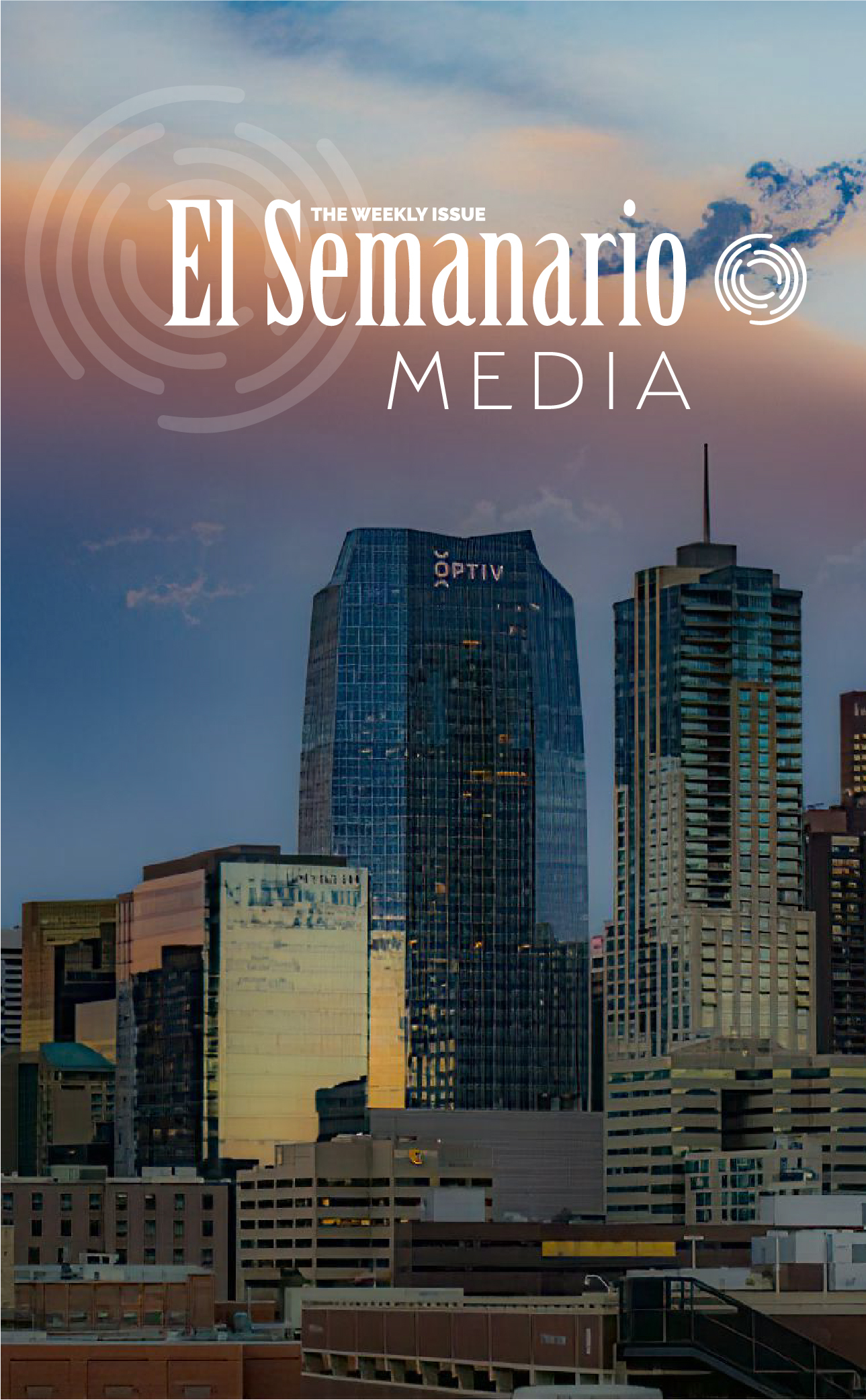By Roz Brown
The Navajo Nation Environmental Protection Agency is considering adopting an air-permitting program to address methane emissions – and it could be a lifesaving decision for 300,000 Indigenous people who live there.
A new report shows methane waste and pollution is a growing problem for residents of the country’s largest Indian reservation.
Joseph Hernández, an organizer with the NAVA Education Project, said air pollution from extractive industries no longer affects only one area of Navajo lands, but is found everywhere.
He added it’s common to know many families who have lost loved ones to cancer.
“Health disparity in the region is known,” said Hernández. “I have many family members who suffer from asthma, and it’s something that is not normal in other communities.”
“Health disparity in the region is known. I have many family members who suffer from asthma, and it’s something that is not normal in other communities.”
Joseph Hernández, NAVA Education Project
The analysis shows pollution isn’t the only problem – as 5% of the natural gas produced is wasted annually through methane leaks, venting and flaring. Curbing the waste would add more than $1 million to tribal royalties each year.
The Environmental Defense Fund report follows a recent vote in the U.S. Senate to restore federal rules to reduce methane pollution in oil and gas operations.
In addition to New México, the Navajo Nation stretches across portions of northeastern Arizona and southeastern Utah. The resource-rich land has made many Native economies dependent on extraction in the past century, starting with coal and uranium.
Hernández noted a recent government report showed almost 30% of the Native population had ‘poor’ or ‘fair’ health status in 2018, compared to about 16% of the white population.
“What is common between all of us,” said Hernández, “is that we all live in this area that’s being extracted by not just one industry, but many industries here in the Four Corners region.”
The report was prepared by the Environmental Defense Fund, Diné C.A.R.E., the NAVA Education Project, Grand Canyon Trust and Western Leaders Network.
Roz Brown is a Producer with Public News Service.
For More New México News: ELSEMANARIO.US








